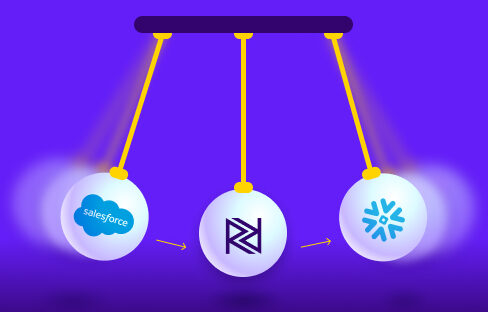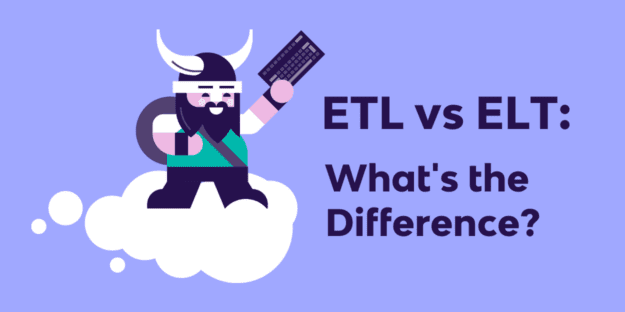Just as with DevOps, DataOps deployments have traditionally relied not on a single technology, but rather on toolchains composed of different solutions. A DataOps toolchain powers other elements of the framework – agile, DevOps, and personnel – to drive business value for stakeholders. With so many moving parts, here’s how organizations can build a high-performing DataOps toolchain.
DataOps Toolchain: 5 Steps for Success
An effective DataOps toolchain allows teams to focus on delivering insights, rather than on creating and maintaining data infrastructure.
Without a high-performing toolchain, teams will spend a majority of their time updating data infrastructure, performing manual tasks, searching for siloed data, and other time-consuming processes. These inefficiencies decrease data delivery speed and data quality, undermining the core advantages of DataOps.
Although the specific technologies in each DataOps toolchain often vary, IBM has identified five steps for constructing a successful combination:
- Implement source control management – Using a source control system such as GitHub, teams can keep a source code record for all data infrastructure, ensuring repeatability, consistency, and recoverability.
- Automate DataOps processes & workflows – Automation is essential for DataOps, and this requires runtime flexibility for data workflows. To achieve this, a toolchain must incorporate data orchestration, data curation, data governance, metadata management, and self-service functionality.
- Embed data and logic tests – In order to validate the functionality of data workflows, toolchains must test inputs and outputs, and apply business logic to guarantee data quality and relevancy.
- Ensure consistent deployment – In keeping with the principles of DevOps, DataOps toolchains must enable teams to operate in separate testing and production environments. That way, the team can build and assess new data infrastructure without disrupting the live deployment.
- Push communications – A toolchain must automate notifications for key events, from alerting stakeholders to data availability, to flagging workflow failures for the data team.
The challenge for data teams is to translate these core DataOps priorities into a toolchain of technologies. Each company will tackle the task differently. But no matter the organization, the less solutions involved in a toolchain, the better. Teams are more efficient when they reduce the number of touch points in the toolchain. That’s why organizations are increasingly adopting DataOps platforms.
DataOps Platform: Manage Data All “Under One Roof”
Companies can form DataOps toolchains by merging various solutions, from ETL tools, to Grafana, to Kafka. But the friction between these technologies, the lack of repeatability and agility, and the rising cost inefficiencies can diminish performance. However, some new DataOps platforms combine the capabilities needed to build and maintain DataOps frameworks within a single solution, including:
- Ingest data from any source – Ingest raw data from any data source, whether a web source or an on-premise database, CRM, ERP, or anything in between.
- Robust data transformations – Use SQL, Scala, Java or other business logic to transform data into the format stakeholders need.
- Full data orchestration – Facilitate DevOps by automating the entire data workflow, from ingestion, to transformation, to delivery.
- Infrastructure-as-code (IaC) – Build and store data infrastructure, including data pipelines, as code. Manage them as software products during agile development.
- Version control – Keep records of your “software products” (i.e. data infrastructure) to ensure repeatability and redundancy.
- Create separate environments – Generate separate data environments, from sandbox development workspaces, to testing, to live production.
- One-click code updates – Push data workflows live into production with point-and-click, DevOps functionality.
- Automated data delivery – Automatically deliver data to stakeholders, internally, externally, or into a third-party app (i.e. Salesforce) via reverse ETL. Notify stakeholders of data availability through messaging apps (i.e. Slack) or email.
By combining capabilities such as these in a single solution, DataOps platforms can significantly reduce the friction points within a DataOps toolchain. With the right DataOps platform, teams can maximize the methods, principles, and personnel of their framework, and deliver data to stakeholders with speed and agility.
Free eBook – More on How to Build DataOps Framework
A flexible, streamlined toolchain is critical to the success of a DataOps framework. But technology solutions are just one component of DataOps. In order to realize the full potential of DataOps, organizations must merge these technologies with personnel, methods of operation, and development practices.
To learn more about how to build a high-performing DataOps framework, download our latest eBook, The Essential Guide to Enterprise DataOps!
Minimize the firefighting. Maximize ROI on pipelines.





